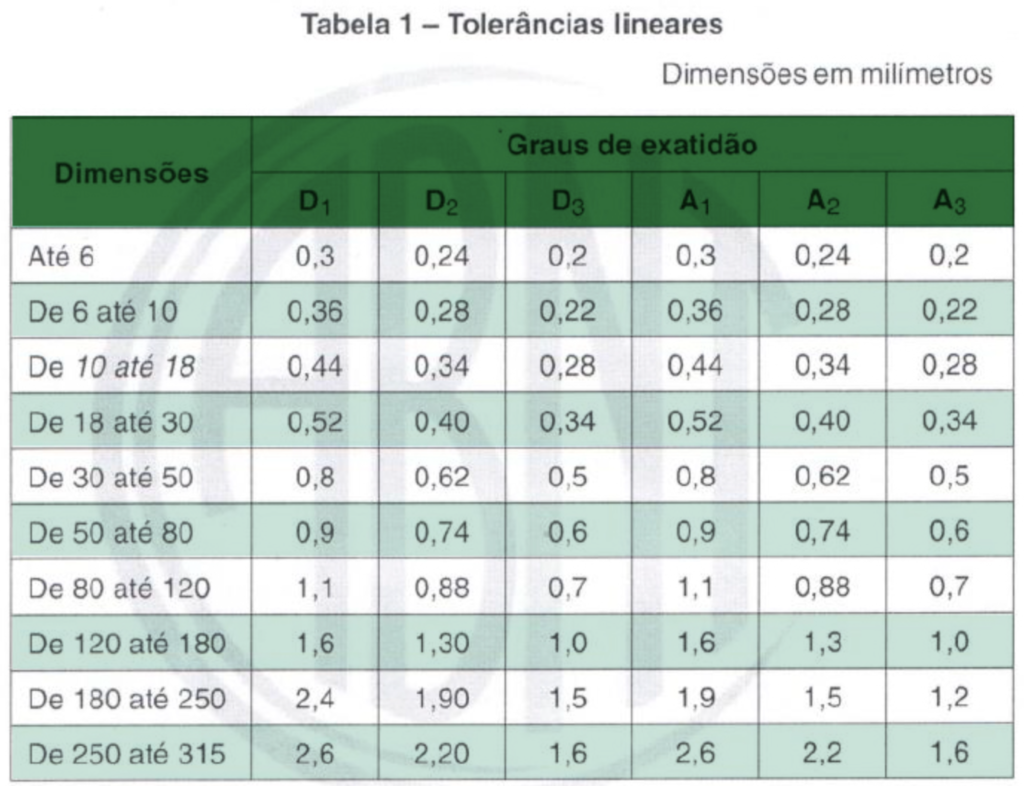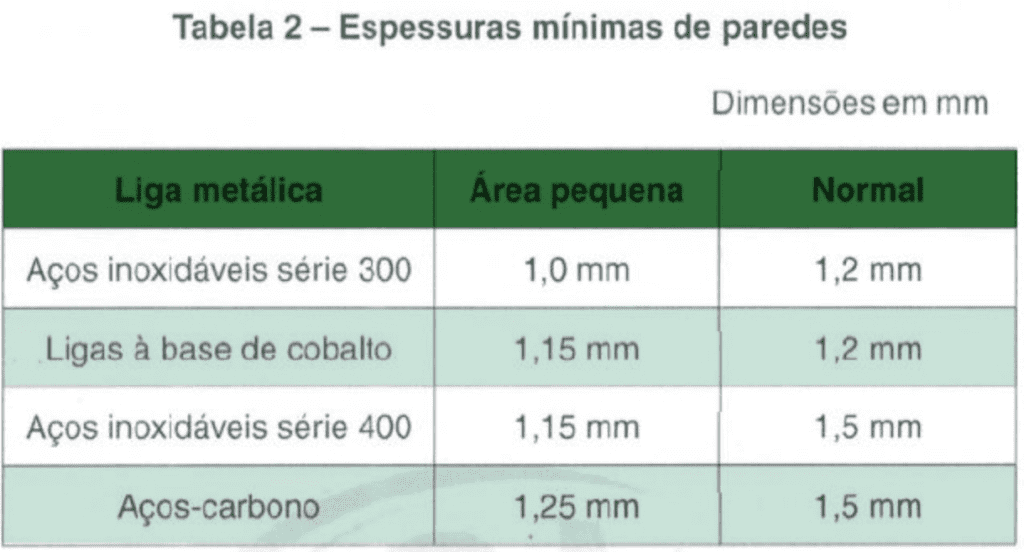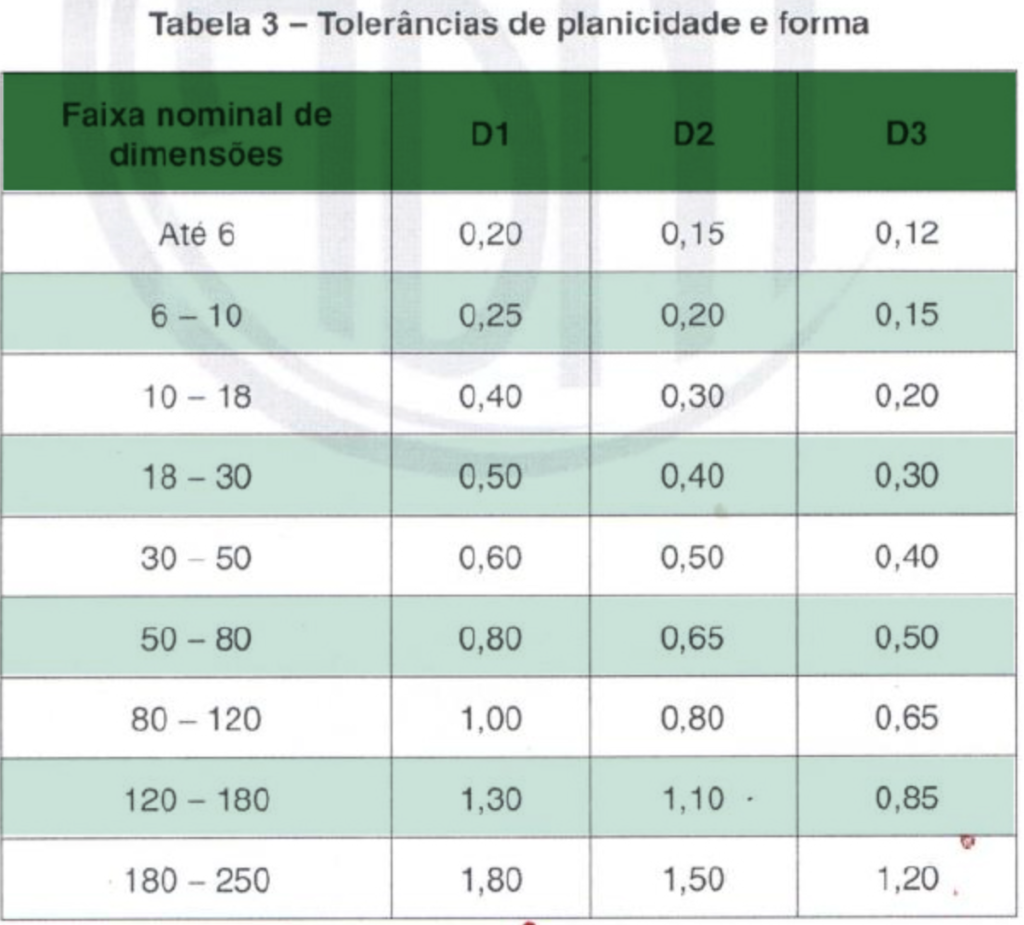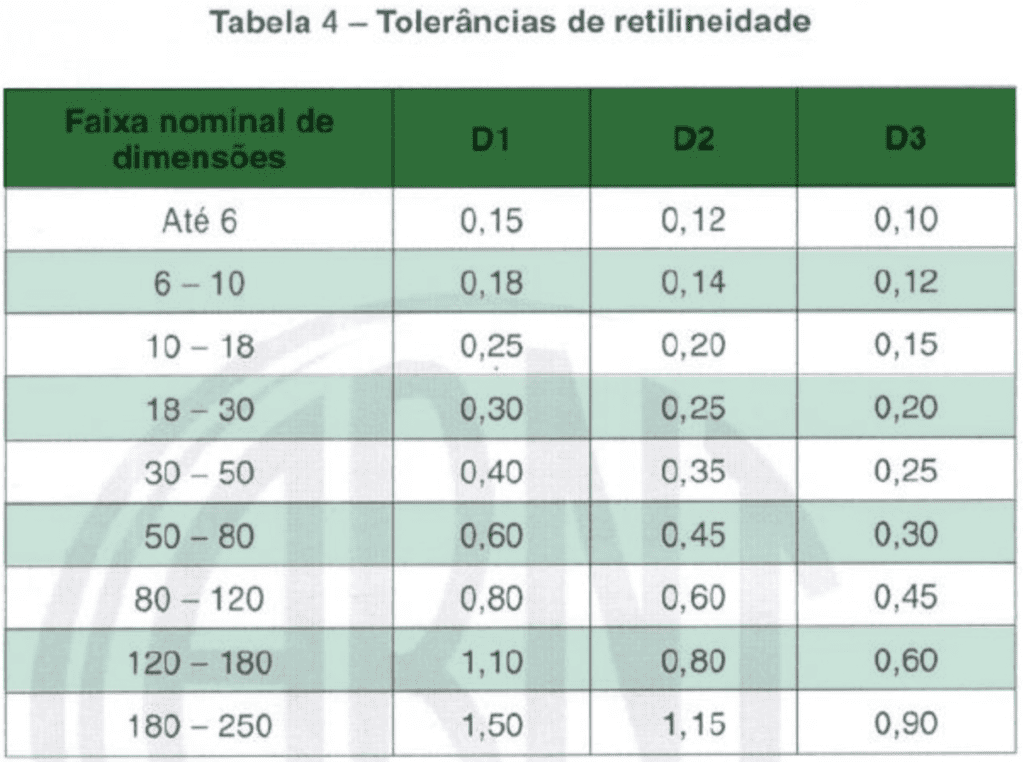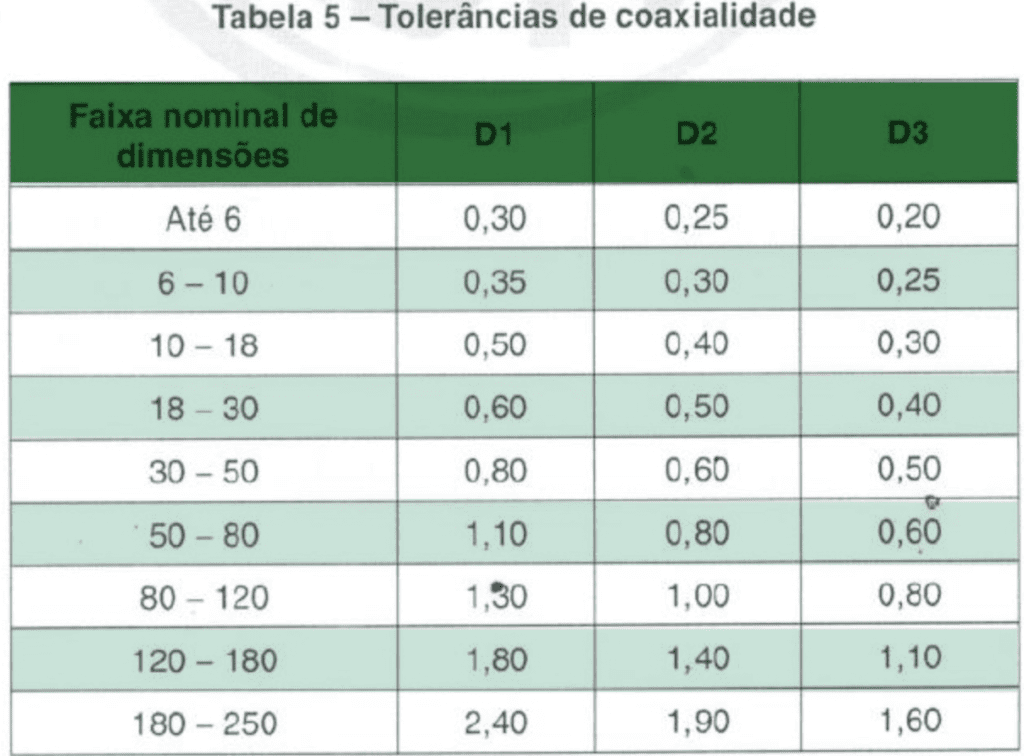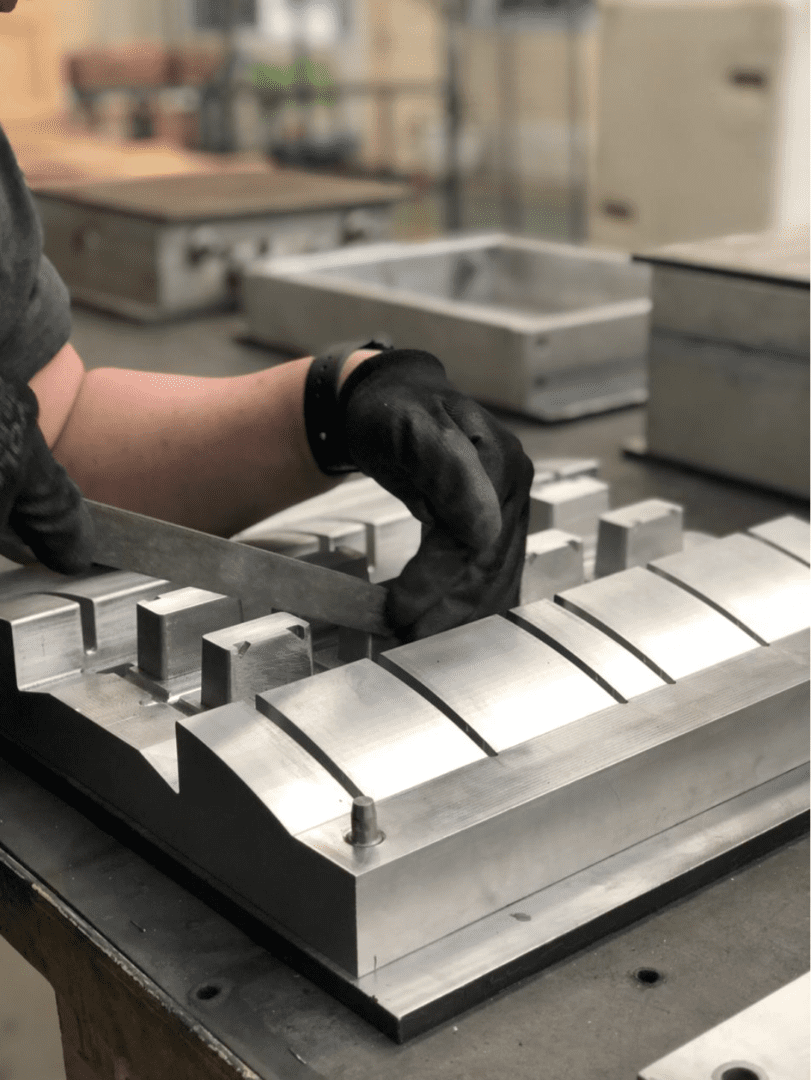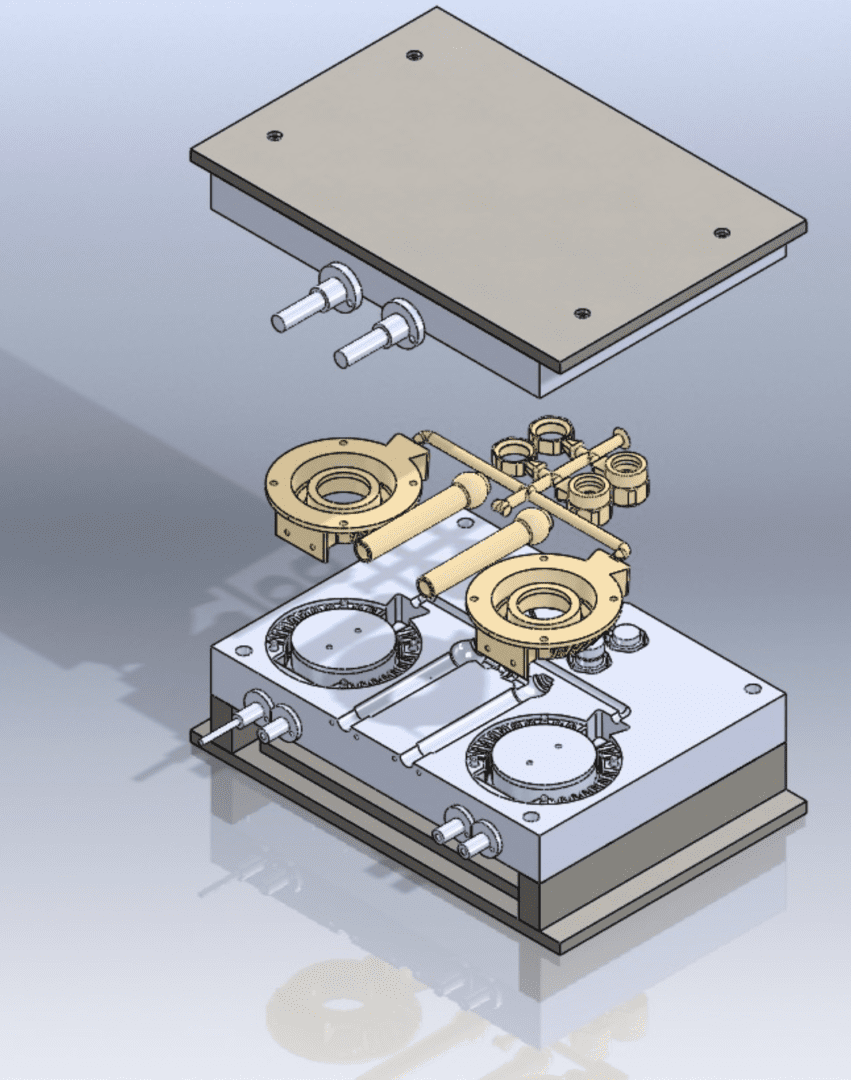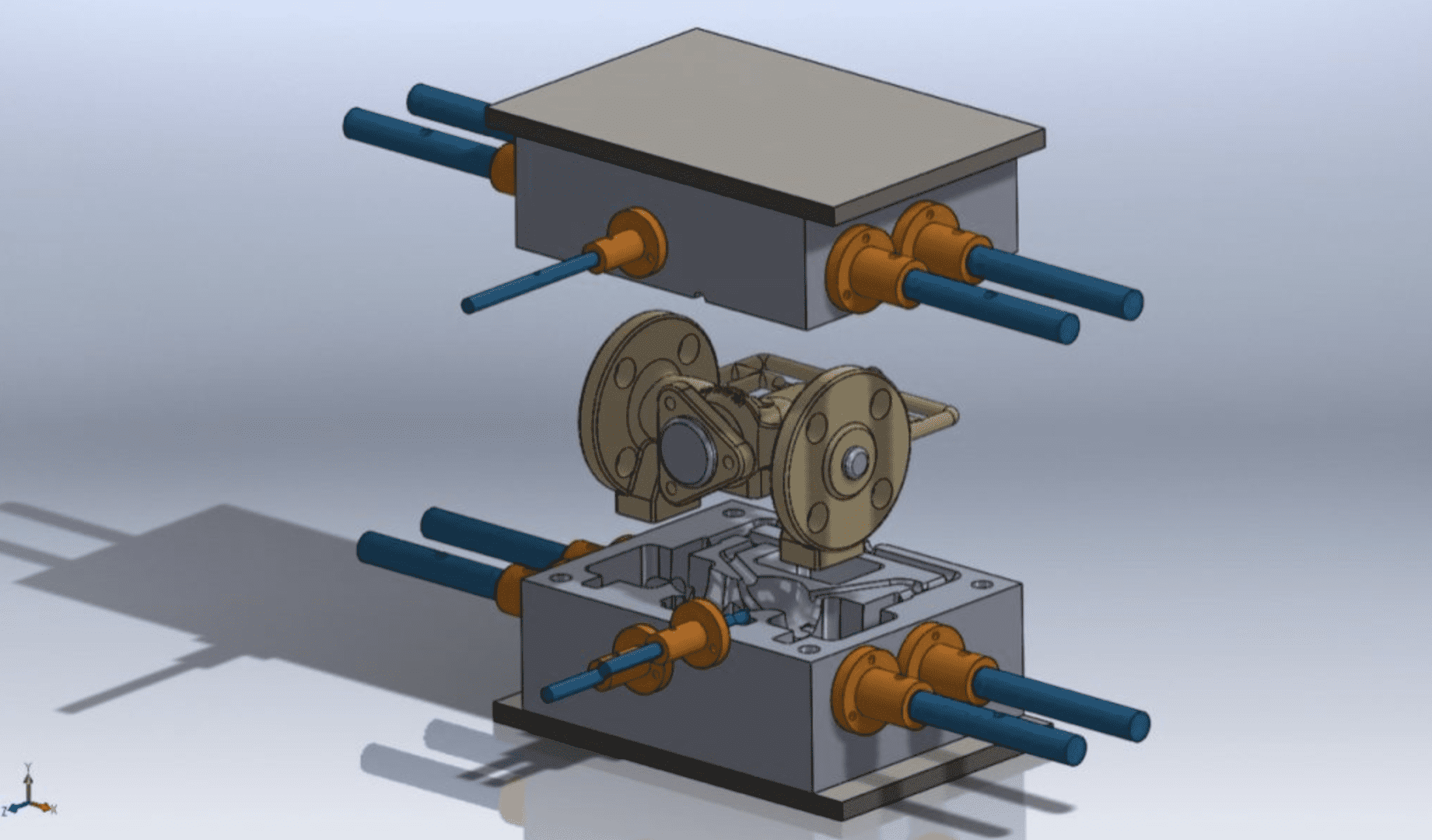GLIS Microfusion - Lost Wax
Historic
Initially developed by ancient Chinese and Egyptian culture, the process was used to create works of art until the development of the jet turbine engine at the end of the Second World War, when the process was absorbed by industries in various segments such as: Aerospace and Defense , Power Generation, Automotive, Oil and Gas, Space Exploration, Medical/Orthopaedics, Agriculture, Construction, Commercial and Consumer Products.
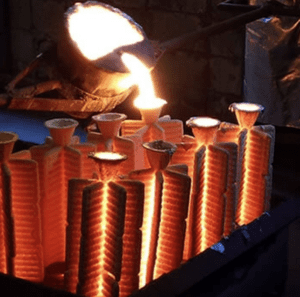
GLIS Microfusion and its Benefits
Choosing the investment casting process to manufacture your products represents a collection of benefits. Through a single process we can obtain advantages such as:
Dimensional accuracy;
Production of pieces rich in details;
Choose between different types of alloys and adapt them for the best result;
Excellent surface finish;
Reduction or even elimination of the Machining process and cost;
Weight reduction;
Savings on manufacturing tools;
GLIS Manufacturing Process
Drawings | Mold and Tooling
The process begins with the creation of the tooling that is developed – following the needs of each client – by our Engineering sector. The part drawings are made in 3D, as well as the mold design, feeding and contraction studies.
After customer approval, manufacturing of the injection tooling begins. All produced in our own tooling shop with state-of-the-art equipment to manufacture a mold that allows productivity, speed, precision and low final cost . We inject the samples to be inspected very carefully so that we can validate the mold.
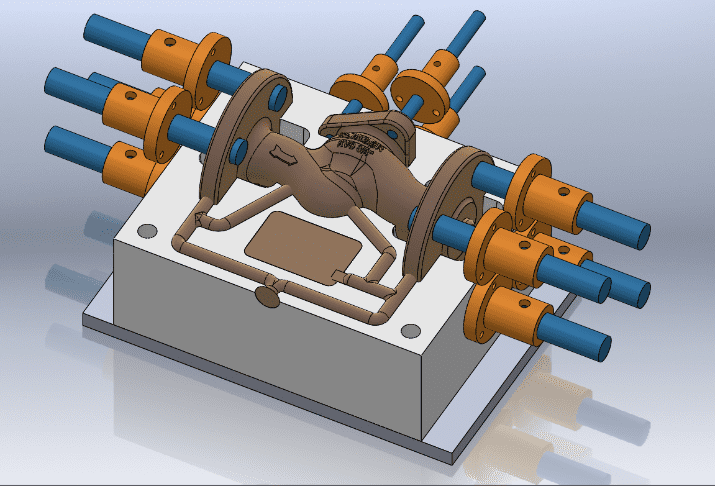

Injection and Coating
Initially, we inject the piece with special wax to allow for minimum tolerances and a perfect finish. We join the deburred wax parts in a filling channel called a tree or cluster.
When finished, they are degreased to receive the coating. Through a construction of refractory layers (silica, zirconite, mud and chamotte).
We coat – in air-conditioned rooms – the bunches respecting the drying times and stoichiometrically balanced to form a ceramic mold capable of withstanding the stresses of the casting process.
Deceraging and Calcination
After complete drying, the bunches are sent to dewaxing. Process in which the wax is melted in an autoclave, making the curls hollow. They are then inserted into ovens at high temperatures – 950 oC to 1050 oC – to prepare or cure the ceramic shell.
Fusion
The glowing bunches that come out of the furnace are placed on a sand mat to receive the liquid metal leak. The preparation of the alloys is carried out following strict metallurgical and chemical criteria .
Desmolding
After the metal has completely cooled, the ceramic shells are broken with a hammer and sent to finishing.
Finishing
When they reach the finish, they are subjected to a steel shot blast to remove residue. And then cut from the bunch and separated into units. The pieces are sanded and blasted before being sent for final inspection.
Final Inspection
Carried out by our inspectors, the pieces are checked in their entirety with maximum rigor to meet all the quality standards required by the customer.
Software Simulation
In our company, we use the most advanced simulation software for the casting process , PROCAST® from ESI, where we have results such as filling speed, solidification, porosity prediction, as well as their size, turbulence and air exit from the molds. .
This software is based on the finite element method, ensuring maximum precision in simulating the casting process , serving the most diverse processes such as Shell, Centrifugation, Sand Casting , investment casting process (Lost Wax) among others.
In-House Tooling
GLIS MB Group has its own Tooling sector. In our plant we have Machining Centers, CNC Lathes, Conventional Lathes, Universal Milling Machines, manual grinding machines and measuring equipment to guarantee the quality and precision of the molds.
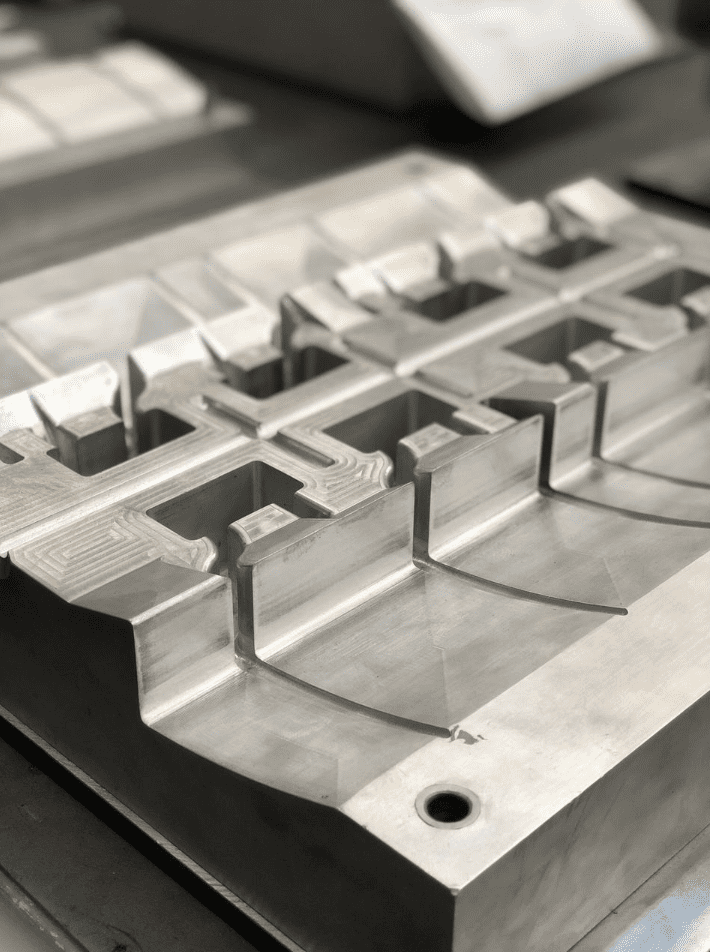
Advantages of Own Tooling
Development of molds for a wide range of products.
Guarantee of quality, effectiveness and efficiency because we take the entire production process into account.
Low burr rate for increased productivity.
Frequent maintenance through polishing.
Pieces with practically no closing line.
Internal expertise that allows mold adjustments in less time due to history and previous design studies.
Cost benefit
Manufacturing Process
After receiving the customer's drawings, our engineering sector begins studies to create and manufacture the mold. For this purpose, information is considered that covers the entire manufacturing process, such as: order volume to define the number of cavities, delivery times to verify the need for molds with drawers and/or extraction plates (automatic molds), part geometry for best solution in case of product complexity, need to use soluble wax, etc.
After carrying out the studies and defining the processes, the tools are modeled in specialized software and, with technical approval, the creation of the Machining program begins.
Our molds are manufactured with extremely high quality materials, such as aeronautical aluminum sheets (7,000 line) as they offer numerous benefits such as:
Mechanical resistance
Excellent Surface Finish
Durability
Elasticity
As soon as we receive the inputs, machining is carried out. And, after completion, the molds are sent for adjustments and closing.
For validation and approval, we perform a test injection to extract the wax parts and carefully check the dimensions using our quality process.

